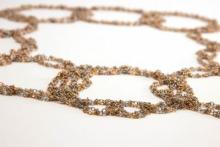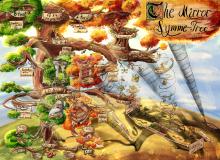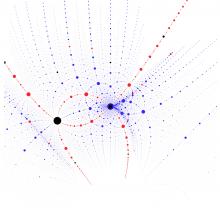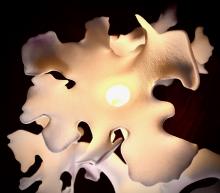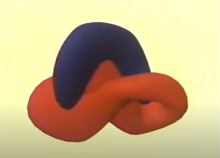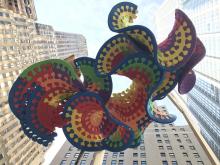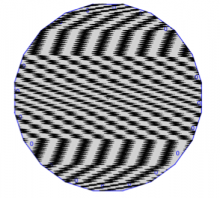
We survey what we know about the dynamics of billiards in rational prisms, that is, right prisms over rational polygons. We will discuss how to use beautiful ideas of Furstenberg and Veech to make connections between mixing properties of billiards in polygons to ergodic properties of billiards in prisms. There will be lots of examples, and lots of pictures, and no prior knowledge of ergodic theory is needed. This is joint work with Nicolas Bedaride, Pat Hooper, and Pascal Hubert.
